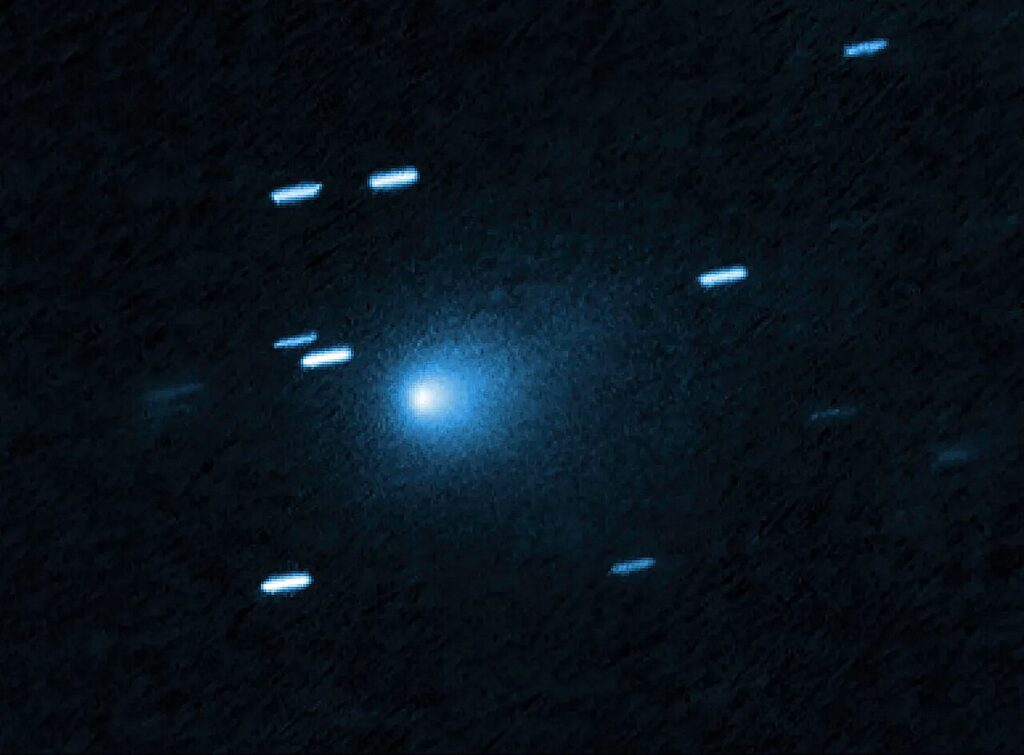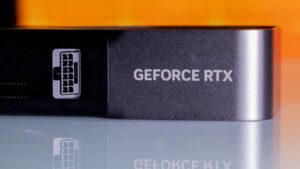
In a remarkable discovery, the Transiting Exoplanet Survey Satellite (TESS) identified the interstellar object 3I/ATLAS two months before its official discovery in July, revealing that it was already active. This finding underscores the potential of archived astronomical data to unveil celestial phenomena long before they are formally recognized.
The revelation emerged from a study by researchers Adina Feinstein and Darryl Seligman from Michigan State University, along with John Noonan from Auburn University. Their research, published on the arXiv preprint server, highlights how TESS, a satellite primarily designed to observe exoplanets, inadvertently captured images of 3I/ATLAS as early as May 7, 2025.
Unveiling the Interstellar Visitor
TESS, not typically tasked with identifying faint interstellar objects, is designed to monitor stars for exoplanet transits. However, its data archive proved invaluable when the satellite happened to focus on the region of the sky where 3I/ATLAS was located. The researchers employed a technique known as “shift-stacking” to enhance the visibility of the fast-moving object, allowing them to detect it in the archived images.
This method involves predicting the object’s position in each image, aligning the images accordingly, and stacking them to amplify the object’s signal, which would otherwise be too faint to detect individually. The technique revealed that 3I/ATLAS was not only present but also active, showing signs of significant outgassing.
Activity and Composition Insights
During the observational period, 3I/ATLAS traveled from approximately 6.35 astronomical units (AU) to 5.47 AU, with its brightness increasing fivefold. This increase was not solely attributable to its decreasing distance from the Sun, which would have accounted for only a 1.5-fold increase in brightness. The researchers suggest that the object was likely outgassing hypervolatile materials such as carbon dioxide and carbon monoxide.
Most comets in our solar system lack hypervolatiles, which have higher sublimation points than water ice, leading to significant brightness increases when present.
This observation suggests that interstellar comets may possess different compositions compared to those in our solar system, providing valuable insights into the materials present in other star systems.
Challenges and Speculations
The study also attempted to determine the rotational period of 3I/ATLAS’s nucleus. However, the presence of a coma obscured any discernible features, complicating efforts to detect changes in brightness due to rotation. This limitation highlights the challenges astronomers face in studying distant, fast-moving interstellar objects.
Speculation surrounding 3I/ATLAS has ranged from data collection errors to theories of alien technology. However, the researchers emphasize a more mundane explanation, attributing the object’s unusual brightness to its volatile composition.
Broader Implications and Future Research
The discovery of 3I/ATLAS in TESS data before its official recognition underscores the importance of revisiting archived astronomical data. As astronomers continue to analyze past observations, they may uncover more interstellar objects, enriching our understanding of these enigmatic visitors.
This study contributes to the growing body of knowledge about interstellar objects, offering clues about their origins and compositions. As more interstellar visitors are discovered, astronomers will gain deeper insights into the diversity of celestial bodies traversing our solar system.
Looking ahead, researchers are eager to explore further differences between interstellar and solar system comets, potentially unlocking new mysteries about the universe’s formation and evolution.
For more information, refer to the study by Adina D. Feinstein et al., “Precovery Observations of 3I/ATLAS from TESS Suggests Possible Distant Activity,” available on arXiv.







